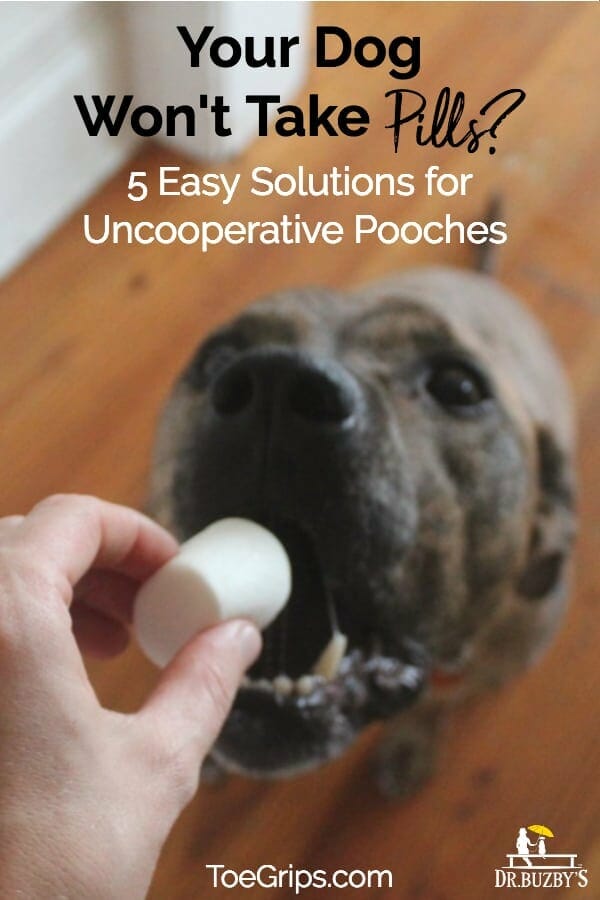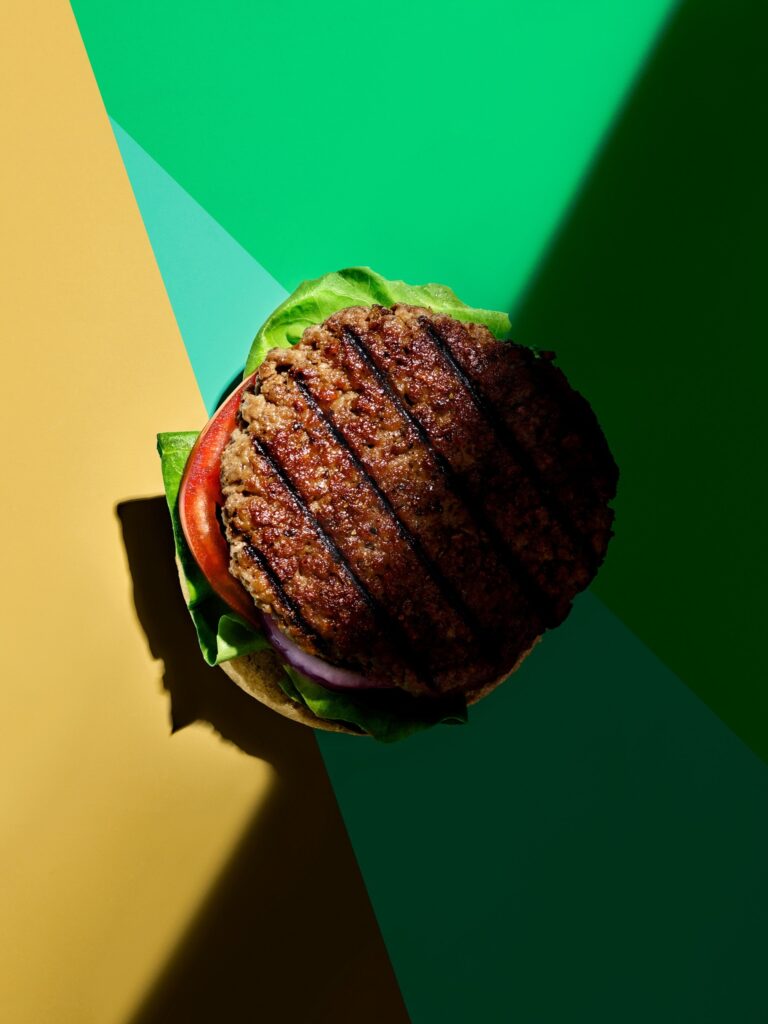If your dog refuses to eat while on antibiotics, don’t force them to eat. Instead, try waiting a few hours and offering them food again.
You can also try adding low-sodium chicken or beef broth to their food to make it more appealing.
Understanding The Feeding Dilemma
When your dog needs to take antibiotics but refuses to eat, it can present a challenging situation. Proper nutrition is essential for a dog’s overall health and well-being. However, medication is also crucial to help combat infections or other health issues. Balancing the importance of medication and nutrition becomes vital to ensure your dog’s well-being.
Importance Of Medication And Nutrition
Medication plays a vital role in treating various health conditions in dogs. Antibiotics are commonly prescribed to fight bacterial infections. These medications work by killing or inhibiting the growth of bacteria in your dog’s body. However, antibiotics alone may not be enough without adequate nutrition.
A balanced diet provides the necessary nutrients and energy for your dog’s body to function properly. It supports the immune system, aids in tissue repair, and promotes overall health. Without proper nutrition, your dog may become weak, malnourished, and susceptible to other illnesses.
The Challenge Of A Dog Not Eating
When a dog refuses to eat while on antibiotics, it can be frustrating and concerning for pet owners. It’s important not to force your dog to eat as this may cause further stress and discomfort. Instead, there are several strategies you can try to encourage your dog to eat:
- Wait a few hours and offer them food again.
- Add a low-sodium chicken or beef broth (without onions!) to their food to make it more palatable.
- Try using a syringe to feed your dog liquids like broth or watered-down wet food.
- If your vet has recommended medication, you could try feeding it to your dog using a syringe along with food.
Remember, the goal is to provide nutrition while ensuring your dog takes the necessary medication. It may require some creativity and patience to find a approach that works best for your furry friend.
Potential Consequences
If your dog continues to refuse food while on antibiotics, there can be potential consequences. Without proper nutrition, their immune system may weaken, making it harder for their body to fight off infections. Additionally, your dog may experience weight loss, muscle weakness, and decreased energy levels.
It’s vital to consult your veterinarian if your dog consistently refuses to eat while on medication. They can provide guidance and potentially offer alternative solutions to ensure your dog receives the necessary nutrition and recovers efficiently.

Credit: www.barnesandnoble.com
Tips For Encouraging Eating
If your dog is refusing to eat while on antibiotics, it can be concerning. However, there are several tips you can try to encourage your dog to eat and ensure they are getting the medication they need. Below are some helpful suggestions:
Wait And Try Again
It is essential not to force your dog to eat if they are refusing. Instead, give them some time and wait a few hours before offering food again. Sometimes, dogs may simply need a little break before feeling hungry or interested in their meals.
Enhance Palatability
One way to encourage eating is by enhancing the palatability of their food. Consider adding low-sodium chicken or beef broth (without onions!) to their meal. The broth can make the food more appealing to your dog and increase their appetite. Remember to avoid adding any seasonings that may be harmful to dogs.
Consider Alternative Feeding Methods
If your dog still refuses to eat, you can try alternative feeding methods. One option is using a syringe to feed your dog liquids such as broth or watered-down wet food. This method can help ensure your dog receives the necessary medication along with some nutrients, even if they are not eating solid food.
Another alternative is hiding the medication in a special treat, such as a small amount of canned dog food, cooked sweet potato, or a soft dog treat that can be molded around the pill. Hand-feeding the medicated treat can help ensure that your dog swallows the pill without any issues.
Remember, if your dog continues to refuse to eat while on antibiotics, it is essential to consult with your veterinarian for further guidance and to rule out any underlying medical conditions.
Consulting With A Veterinarian
If your dog won’t eat but needs to take antibiotics, it’s important not to force them to eat. Instead, you can try offering food again after a few hours or adding low-sodium chicken or beef broth to make it more palatable.
Remember to consult with a veterinarian for further guidance.
When your dog refuses to eat but needs to take antibiotics, it can be a cause for concern. Consulting with a veterinarian is the first step towards ensuring your furry friend’s health is properly taken care of. Seeking professional advice will not only help you understand the underlying cause of your dog’s loss of appetite but also provide you with the necessary guidance to navigate this challenging situation.
Seek Professional Advice
Reaching out to a veterinarian allows you to tap into their expertise and experience in treating animals. They can assess your dog’s overall health and determine the reason behind their unwillingness to eat. Based on their diagnosis, the veterinarian can suggest appropriate treatment options, which may include antibiotics tailored to your dog’s specific condition.
Explore Medication Options
As professionals, veterinarians have access to a wide range of medication options suitable for dogs. If your four-legged companion is refusing to take antibiotics due to taste or texture, consulting with your veterinarian can help you explore alternative medication forms. For instance, your veterinarian may recommend liquid antibiotics that can be mixed with your dog’s favorite food. This approach ensures your dog receives the necessary medication while making it more palatable for them to consume.
Monitoring And Care For The Dog
After consulting with a veterinarian and starting the medication, it is crucial to closely monitor your dog’s progress. Keep a watchful eye on any changes in their appetite, behavior, or overall well-being. If you notice any concerning symptoms or a prolonged refusal to eat, it is essential to contact your veterinarian promptly. They can provide further guidance and potential adjustments to the medication or treatment plan to ensure your dog’s health is properly managed.
In addition to medical intervention, providing a supportive and comforting environment for your dog can also encourage them to eat. Creating a quiet and stress-free space during meal times, offering a variety of tempting food options, and engaging in gentle exercise can help stimulate their appetite. Remember, consistency and patience are key when dealing with a dog that won’t eat but needs antibiotics.

Credit: www.amazon.com

Credit: toegrips.com
Frequently Asked Questions Of Dog Won’t Eat But Needs To Take Antibiotics
What If My Dog Doesn’t Want To Eat On Antibiotics?
If your dog doesn’t want to eat while on antibiotics, don’t force them. Try waiting a few hours and offering food again. You can also try adding low-sodium chicken or beef broth (without onions!) To their food to make it more appealing.
Remember to consult your vet if the issue persists.
Can I Give Antibiotics To My Dog Without Food?
It’s best to give antibiotics to your dog with food to avoid stomach upset. However, if your dog won’t eat, you can try giving them a small amount of canned dog food, cooked sweet potato, or a soft dog treat that has the medication hidden inside.
How Do You Force Feed A Sick Dog Who Won’t Eat?
If your sick dog won’t eat, don’t force them. Wait a few hours and offer food again. You can also try adding low-sodium chicken or beef broth to make it more appealing. If your vet recommended medication, use a syringe to feed liquid food and medicine.
How Do You Give A Dog Medicine With No Appetite?
If your dog has no appetite, don’t force them to eat. Wait a few hours and offer food again. You can also add low-sodium chicken or beef broth to their food to make it more appealing. If necessary, you can hide the medicine in a treat and hand feed it to them.
Conclusion
If your dog is refusing to eat while on antibiotics, it’s important not to force them. Instead, try waiting a few hours and offering food again. You can also make their food more palatable by adding low-sodium chicken or beef broth (without onions!).
Remember, it’s generally best to give oral antibiotics with food to make them gentler on the stomach. So, be patient and find ways to encourage your furry friend to eat while they recover.



